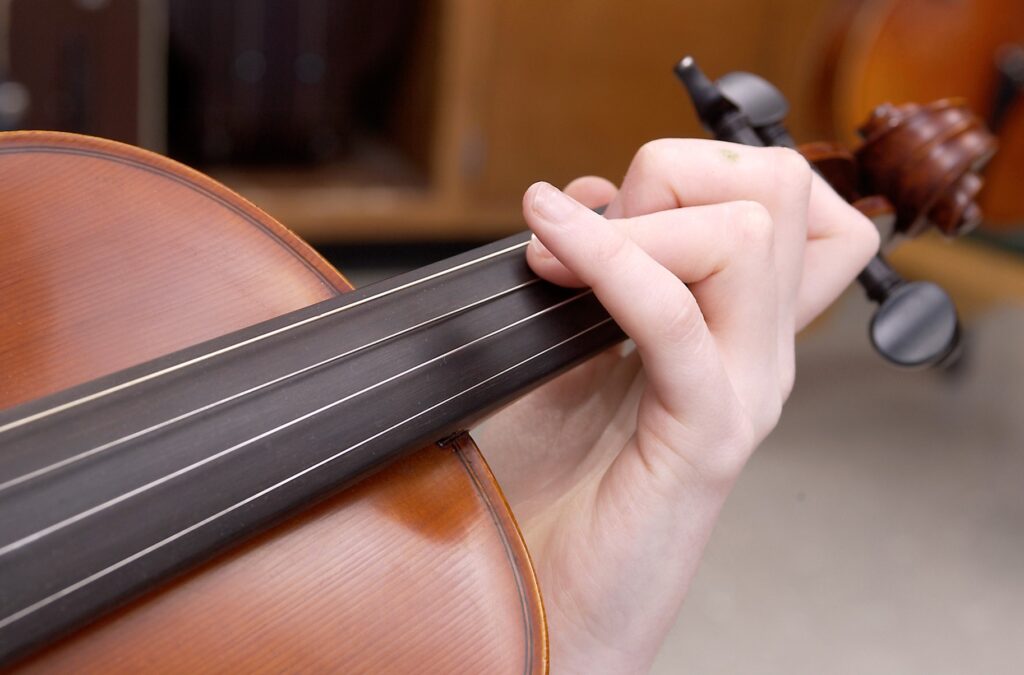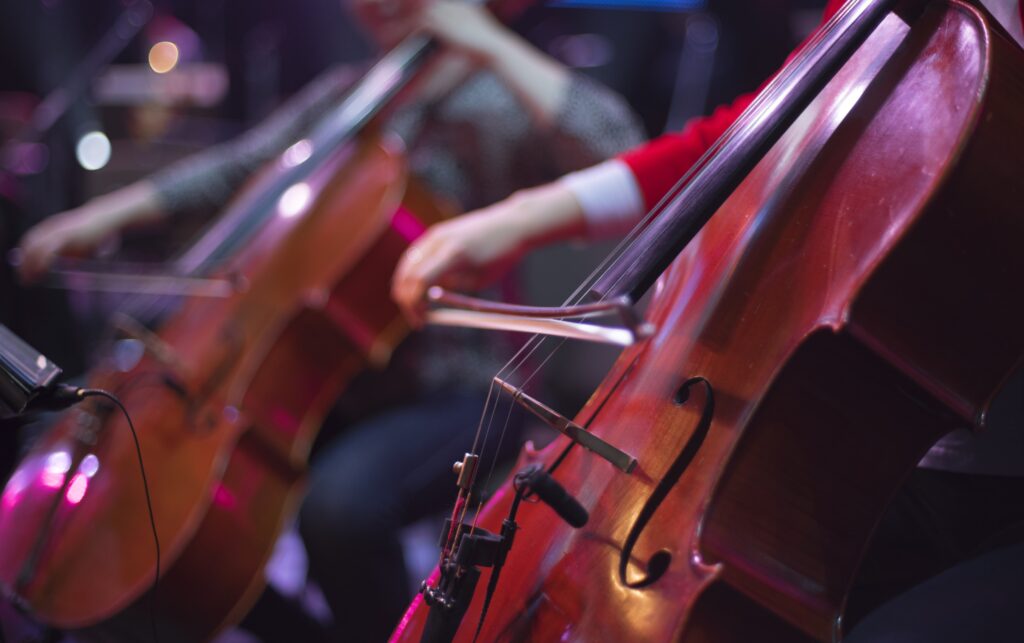Five Things You May Not Know About String Instruments
From violin to viola to cello … bass not included.
Here are five fun facts about string instruments even some experienced players don’t know:
1. Violins Come in Seven Standard Sizes
That’s because it’s not unusual for string players to begin at a very young age. The popular and widespread Suzuki Method, for example, promotes learning in children as young as three years old. Instruments are therefore scaled down to fit young violinists as necessary. The standard sizes are:
| Arm measurement from neck to middle of palm: | Violin size: |
| 14 1/8" | 1/16 size |
| 15 3/8" | 1/10 size |
| 16 7/8" | 1/8 size |
| 18 1/2" | 1/4 size |
| 20 3/8" | 1/2 size |
| 22 1/4" | 3/4 size |
| 23 5/8" | 4/4 size |
There is one additional size outside of the standard: The 7/8 size violin, which fits in-between the 3/4 and 4/4 sizes. These instruments are made specifically for adults who are petite and therefore cannot comfortably play a full-size violin. Yamaha makes a “fit stick” for its dealers to quickly and accurately fit their customers with the correct sized instrument:

2. Antique Violins Often Need to Have Longer Necks Grafted On
The technique of grafting a new neck on to an old instrument, as well as adding a longer bass bar to increase the stability of the instrument, is one of the evolutions that allowed preciously crafted instruments to survive for centuries so that we may still enjoy their sound today. Noted luthier Charles Rufino of the Long Island Violin Shop, explains how this became accepted practice:
“In the early 19th century, the treasured 18th century instruments faced several challenges. Modern, larger performance spaces demanded greater volume and projection. New music written in ever-higher positions was difficult to play on the original shorter and thicker Baroque-style necks. Grafting the head of a violin onto a new neck by cutting a tapered mortise into the bottom of the pegbox allowed luthiers to insert a new neck while preserving the original head of the instrument. The result was a thinner and longer neck with a longer fingerboard that increased the tension on the strings, giving greater sound as well as permitting musicians to perform the thrilling passagework of the great 19th century concertos we all love.”
3. The Bass is the Only String Instrument Not in the Violin Family
An internet search for instruments of the violin family will probably include the bass. However, the family originally only contained the violin-shaped instruments: the violin, viola and violincello. At some point, the bass developed, likely from the Viol Da Gamba family, but no one really knows for certain. Its sloping shoulders and large body have gone through many variations over time. It’s also tuned in fourths to the pitches E-A-D-G, as opposed to the tuning in fifths of the violin family. Perhaps the bass is only a cousin to the violin family, but it’s nonetheless a welcome member!
4. String Instruments are Surprisingly Resistant to Temperature Variations … Though Not to Sudden Shifts in Humidity
Ever been told not to allow your violin, viola or cello to experience extreme heat or extreme cold? Temperature has very little to do with it. Wood is a hygroscopic material, meaning it always contains some water. As the humidity of the environment around it changes, it will absorb or release water, making it shrink or swell. In contrast to their resistance to temperature change, string instruments react harshly to rapid humidity changes. A slow change can cause string clearances to vary. That’s why cellists will often carry a winter and a summer bridge that they can swap out in order to match the level of humidity their instrument is reacting to. Under fast humidity swings, the movements of the wood can become so erratic that glued seams can pop open, or worse, wood cracks will form that can necessitate expensive repairs. Keeping stringed instruments in a stable climate or protecting them with a humidity device is important for the long-term health of the instrument.
5. The Beautiful Spiral of a Violin Scroll Occurs Widely in Nature … and in the Universe
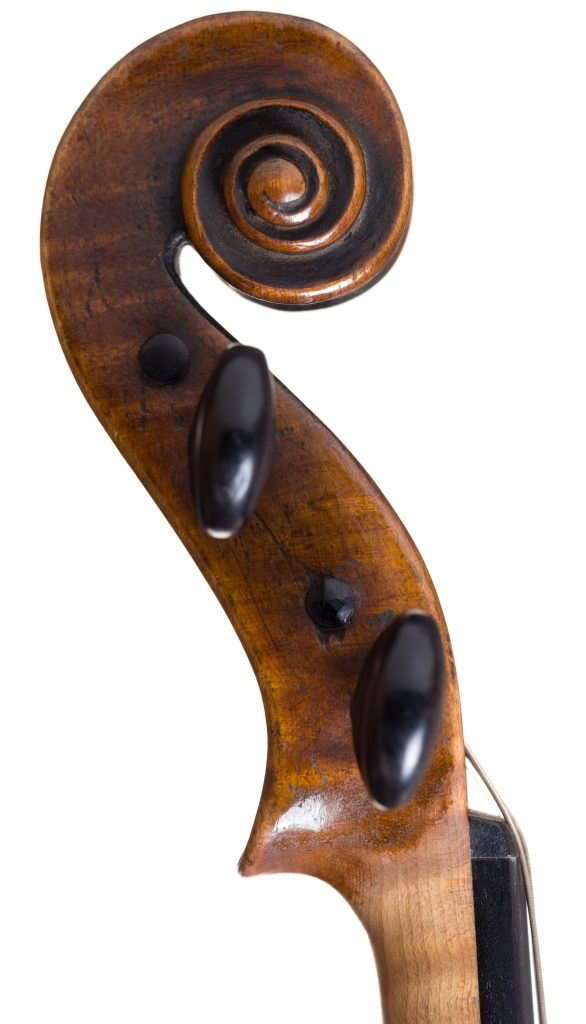
The traditional spiral scroll of the violin family instruments is one of the most recognizable shapes in the world … or in the universe, for that matter. The shape follows a mathematical formula known as the Fibonacci Spiral, or Golden Spiral. It is a combination of the sums of a sequence of numbers:

Here are some of the places where nature has put this equation to use:
A hurricane:
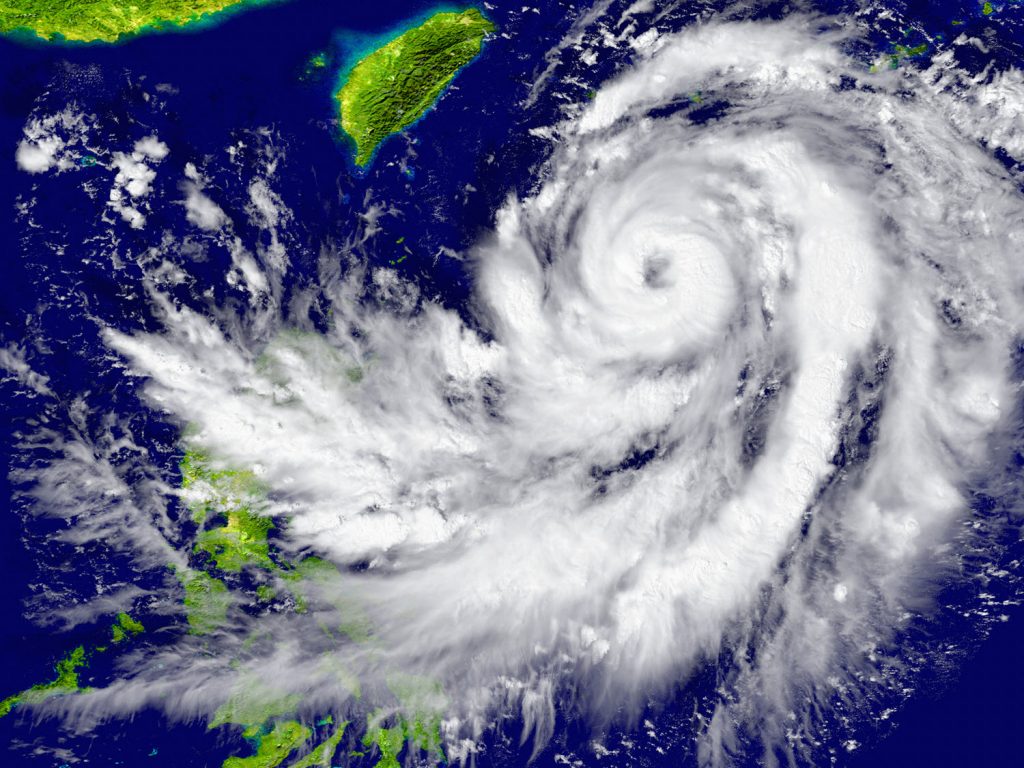
A flower:

The human ear:

A sea shell:
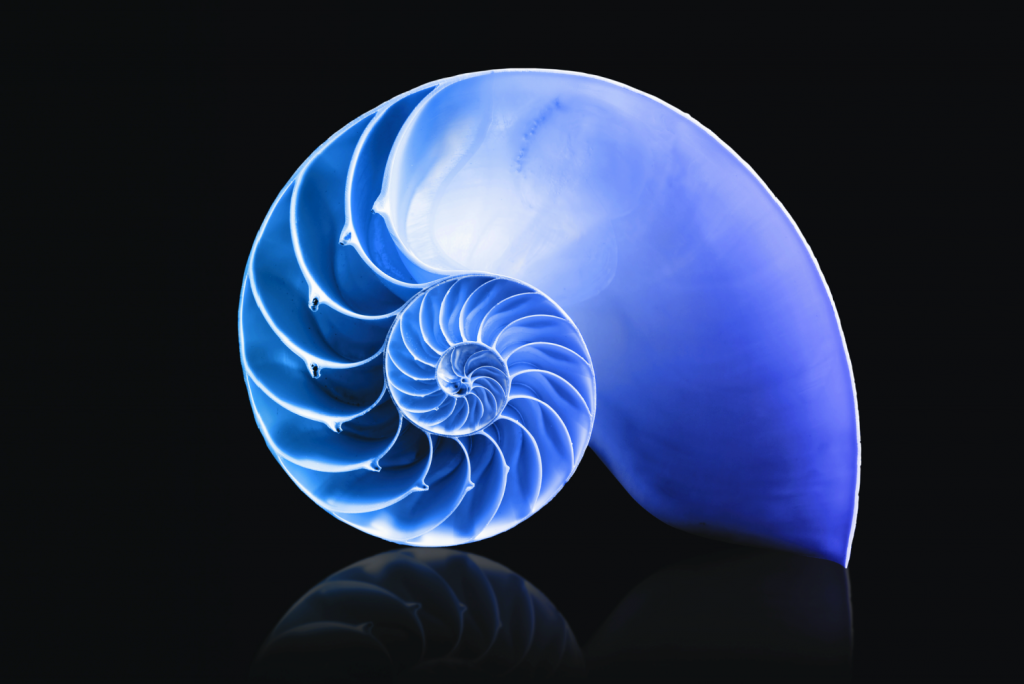
Click here for more information about Yamaha acoustic stringed instruments.














